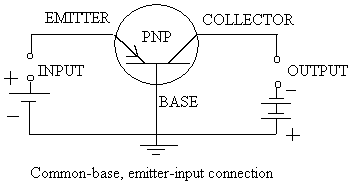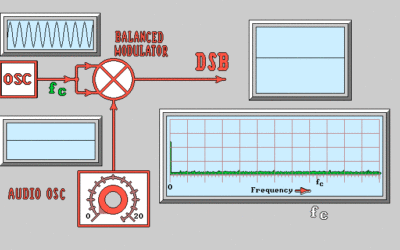Modulation/Demodulation is a Nonlinear Process where Two Sinusoids are Multiplied
(F1 x F2).
The Product of this Multiplication–in the Time Domain–is a wave whose Amplitude is:
a(X) = a(F1) X a(F2).
However, in the Frequency Domain there is an Addition and Subtraction of Frequencies, i.e.,
F1 + F2, F1 – F2, F2 + F1, F2 – F1, etc.
In practical terms, the Amplitude of one of the two sinusoids is held to a Constant Value; therefore, the useful results of this process are only the Derived Frequencies.
Modulation per se is used to impress a message (voice, image, data, etc.) on to a carrier wave for transmission. A bandlimited range of frequencies that comprise the message (baseband) is translated to a higher range of frequencies. The bandlimited message is preserved, i.e., every frequency in that message is scaled by a constant value.
Contrast this to the Linear Process of Algebraically Summing Two Sinusoids: it results in a Sum and Difference only of the two waves; there are No Products Generated.
Intermodulation is a Special Case where two (or more) sinusoids effect one another to produce undesired products, i.e., Unwanted Frequencies. Again, this can only occur when both waves share the same NonLinear device. a form of Intermodulation.
To Clarify: What is a Nonlinear Device? It is Any Active Device[1].
In normal designs, radio receivers, Stereos, etc., Intermodulation is not a problem. However, when these systems are subjected to Excessive Signal Level Input the active devices in the “Front End” are driven out of their Linear Operating Regions–into or near–Saturation and/or Cutoff, where they become, in effect, “Modulators.”
[1] Active Devices: Transistors, Diodes, ICs, etc.
Passive devices: Resistors, Capacitors, Inductors, etc.
Modulation

F1
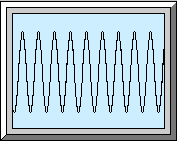
F2
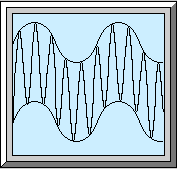
F1 + F2
Summation of F1 and F2 (Linear)

In a Linear System, when one sinusoid is Superimposed upon another, neither sinusoid is affected, and no frequencies are generated.
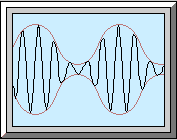
Multiplication of F2 by F1 (Nonlinear)
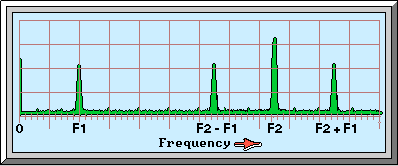
Intermodulation
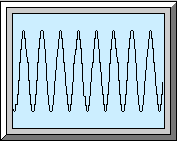
F1

F2

F1 + F2
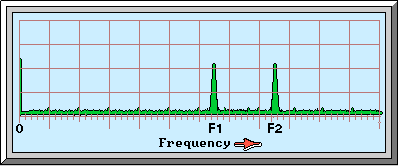
Summation of F1 and F2 (Linear)

F2 x F1
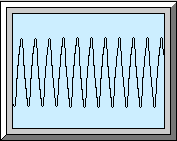
F2 + F1

F2 – F1

Products Resulting from F1 and F2 (Nonlinear)
.
Cross Modulation
(a form of Inter-modulation)
If you have ever been listening to a distant FM station while driving by an AM Broadcast station’s transmitting tower; you more than likely heard both stations–one on top of the other. That effect was “Cross Modulation,” a form of Inter-modulation.
Since an FM receiver can only receive–Demodulate–one station at a time (unlike AM which cannot separate interfering stations), that is, two stations on the same frequency, the receiver will only demodulate the stronger of the two.
In the scenario above, you heard both the distant FM station and the very close AM transmitter. The FM station’s signal, as it was entering the receiver’s “Front End,” was being Modulated by the very strong AM signal. In effect, the receiver’s RF Amplifier was acting as a Detector (rectifier) varying its bias point, which caused the amplifier’s gain to change rapidly (at the AM transmitter modulation rate). This varying gain is effectively Modulating (Multiplying) the distant FM station’s signal. By the time this “Mess” reaches the receiver’s Demodulator it appears to the Discriminator as an FM signal having two audio messages superimposed one on the other.
Capture Effect
In FM receivers, the Demodulator (Limiter/Discriminator combination) will only extract Zero Axis Crossings of the strongest of competing signals. E.g., if two signals have nearly equal strength, the stronger of the two will be “Captured” while rejecting the other. Depending on the receiver design, signals as close as <1-dB, the stronger will dominate.
That is why: when listening to a distant FM station and driving away from it and approaching another FM station on the same frequency, the stations will “bounce back and forth,” hearing one then the other, never both at the same time. It can happen so rapidly that sometimes it sounds as if they are both being demodulated simultaneously.
Constructive & Destructive Interference–“Multi-Path”
You can see this effect everyday while driving around town listening to your FM radio. As you pull up to a stop light you may notice that the station is noisy, but if you roll forward a few feet, the station clears up. It isn’t that the signal is weak where it was noisy, it was the effect of two or more competing signals (reflections) arriving at your antenna having common phase angles and amplitudes first canceling, then adding as you rolled forward for the clearer signal. This Constructive & Destructive Interference is sometimes referred to as Multi-Path.


